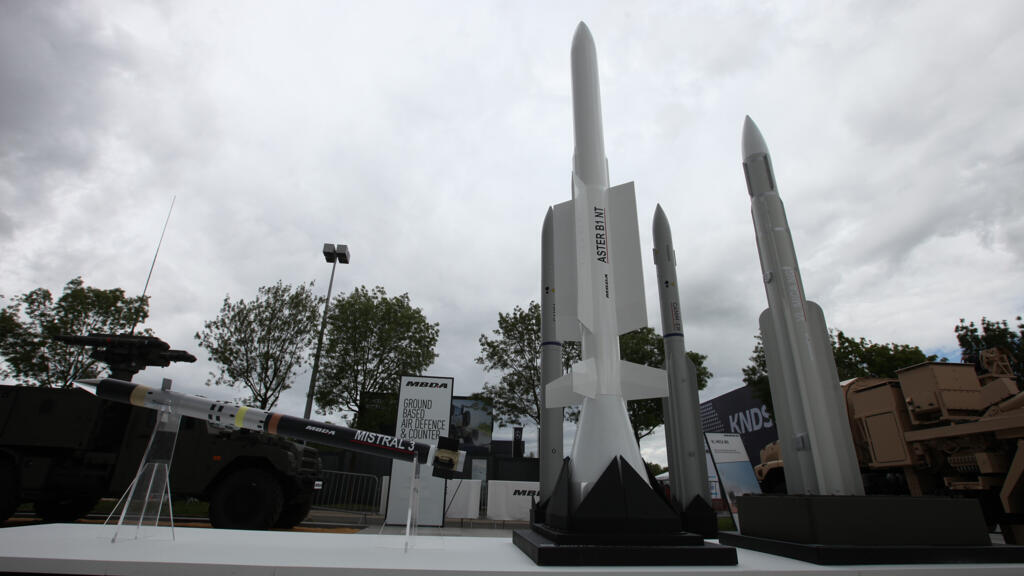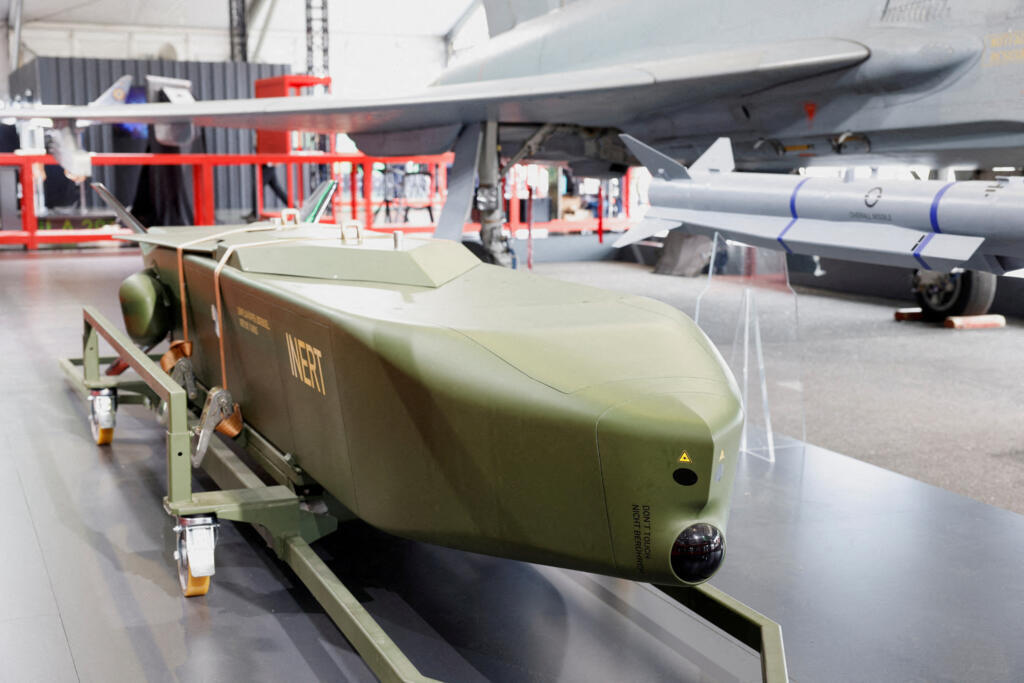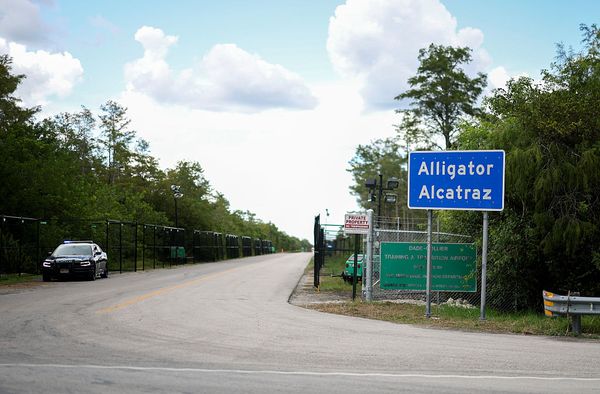
As the European Union agrees on a €1.5 billion programme to boost its defence industry, the question now is whether this initiative can deliver the strategic autonomy Brussels is seeking – and quickly enough to meet the bloc's mounting security challenges.
Leaders hope the new European Defence Industry Programme (EDIP), agreed on Thursday after months of resistance from some EU members, will reverse Europe’s reliance on imported arms, notably from the United States.
But with just €1.5 billion earmarked for 2025-2027 and manufacturing gaps to close, doubts remain about how quickly Europe’s fragmented defence sector can pivot.
“We want to be defence-ready by 2030,” said European Commission President Ursula von der Leyen, echoing the sense of urgency following recent warnings on Europe’s exposure to external threats.
France faces rearmament strain as NATO steps up defence demands
The agreement is the bloc’s most tangible step yet towards building a self-sufficient arsenal – and helping Ukraine bolster its battered military industry in the process.
Under the EDIP, grants will prioritise equipment and components made within the EU or by trusted partners such as Norway. It aims to slash Europe’s current 60 percent dependency on non-EU (mostly US) suppliers to 45 percent by the end of the decade.
However, up to 35 percent of a weapons system can still be sourced from outside the EU, in a compromise that leaves the door partially open for imports.
EU ministers push for joint defence fund to secure a more self-reliant Europe
One of the most ambitious elements is the provision for €300 million in direct support for defence industry cooperation with Ukraine. This marks the first time the EU has fully integrated a candidate country that is not yet a member state into an internal security investment project.
Officials say this could set the stage for joint manufacturing and accelerate Ukraine’s ability to adopt EU standards, as well as bringing Ukraine a step closer to EU membership.
According to Katarína Mathernova, Ambassador of the European Union to Ukraine: "This integration strengthens both Ukraine’s defence, and the security and resilience of the European continent as a whole."
Now what?
“Europe cannot outsource its security any longer,” according to Josep Borrell, the former EU High Representative for Foreign Affairs and Security Policy, speaking just after US President Donald Trump came to power in January 2025.
“We cannot outsource our capacity of action. Whatever happens in the US, we have our interest. We have our values. The only recipe for Europe to survive is to be more united and to build a stronger Europe."
The challenge now is how rapidly the hundreds of small and medium-sized defence producers across the continent can scale up, coordinate and win EU contracts.
Recent initiatives, such as the Act in Support of Ammunition Production (ASAP), have shown that budget lines alone are not enough; consistent demand and streamlined procurement are essential.
Windfall for European arms makers as Brussels ramps up defence spending

Questions remain not just over where this equipment is produced, but who will pay for it.
Under the ReArm Europe/Readiness 2030 plan, the European Parliament has secured pledges of funding from non-EU governments such as those of the United Kingdom and Canada, signalling a broader willingness to share Europe’s security burden.
At the same time, Brussels is bracing for more uncertainty around US support if Washington’s priorities shift under Trump’s administration.
The real test for EDIP will begin in 2026 when the first calls for proposals are set to open, with a focus on high-demand items such as artillery shells and air defence systems, along with joint procurement ventures with Ukraine.
A broader funding plan may follow in 2028, but member states remain divided over how much more they are willing to spend.
(with newswires)







